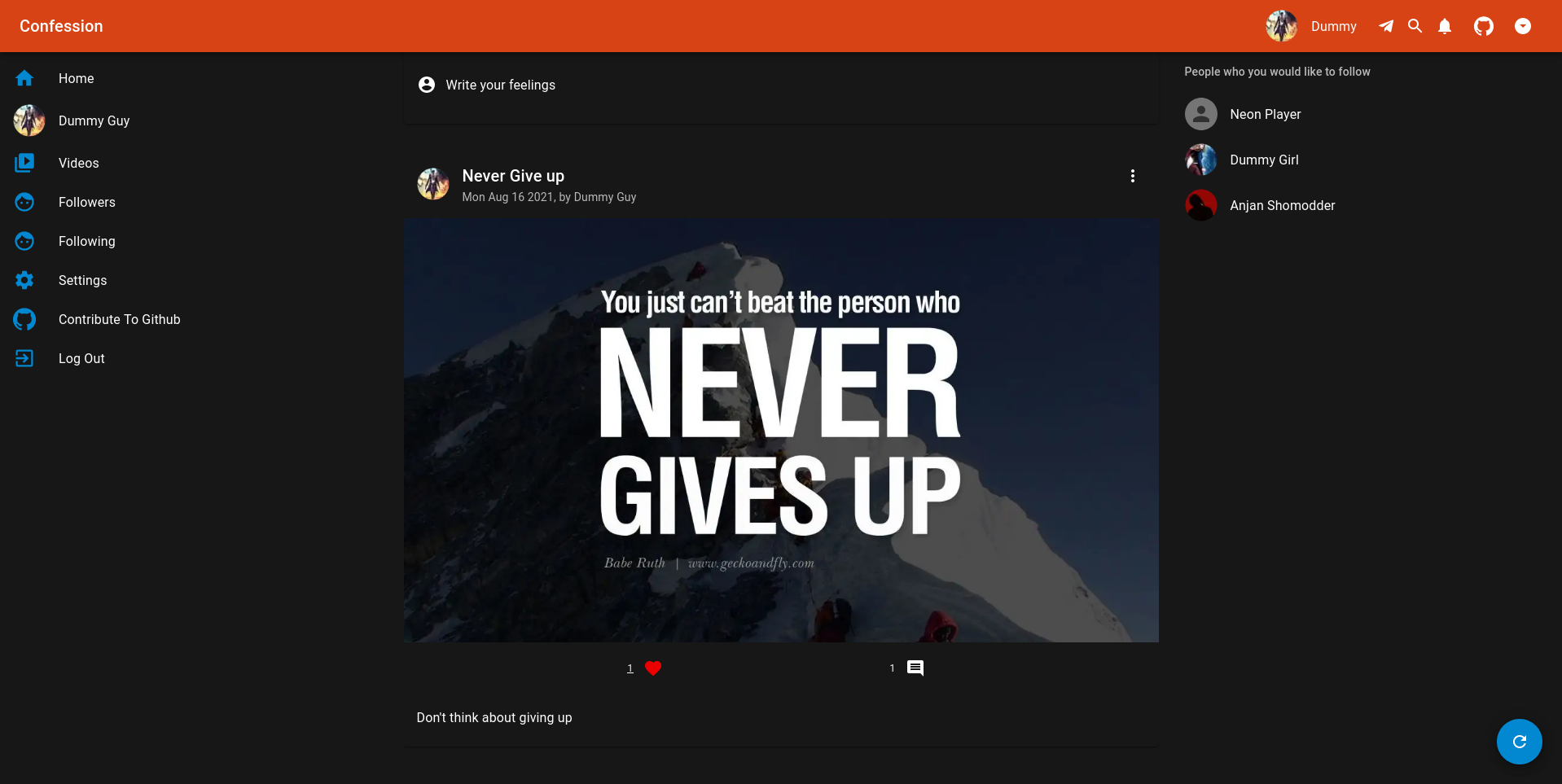Everything you need to know about template strings
Template literals are string literals allowing embedded expressions. You can use multi-line strings and string interpolation features with them.
Why does template strings exist?
Simply to add multiple strings into a single string.
For example, If I ask you to add the string a and b. How would you do this?
const a = 'My name is Anjan Shomodder'const b = 'I am a software engineer'
You might do this:
const combinedString = a + bconsole.log(combinedString)
This will work. But what if you want to add number to it. How would you write I am 20 years old.
const age = 20const c = 'I am'const d = 'years old.'
You might do this:
const combinedString = a + age + dconsole.log(combinedString)
This will work. But it is not that readable. What if you can write all the substring, javascript expressions like variables, functions in single string? That would be great. It would be readable and easy to do.
That's why we have Es6 template strings or template literals whatever you say.
Template literals are string literals allowing embedded expressions. You can use multi-line strings and string interpolation features with them.
The way you write is instead of normal quotaion mark you use backticks.

Inside backticks you normal put javascript string.
const a = `My name is Anjan Shomodder`
If you want to use variables then you do this.
const a = 'My name is Anjan Shomodder.'const b = 'I am a software engineer.'const c = 'I am'const d = 'years old.'const age = 20const combinedString = `${a}${b}${c}${age}${d} I always write good code. ha ha ha`
So instead of writing the variables directly. You add a dollar sign$ and then you wrap them by curly brackets.
output: My name is Anjan Shomodder. I am a software engineer.
You can put whatever expressions you like.
- add two number
const a = 21const b = 10const resultString = `${a} and ${b} adds up to ${a + b}`
- Ternary operator: Single line if statement.
console.log(`My name is ${3>2 : "Anjan" : "Mark" }`)
output: My name is Anjan
And you get the point.
You can also write multiline strings.
console.log(`string text line 1string text line 2`)
Another big use cases you will see if you have experience with graphql. Graphql is a data query and manipulation language for back end development.
- Example:
import {gql} from "apollo-server-express"const schema = gql`type Query {findUser(id: String!): User!}type User {name: String!}`
You can also see them on styled-components codes. Even though they are not really template literals. They are tagged template literal.
const Button = styled.button`background: transparent;border-radius: 3px;border: 2px solid palevioletred;color: palevioletred;margin: 0 1em;padding: 0.25em 1em;`
And that's all you need to know about template strings.
Shameless Plug
I have made few project based videos with vanilla HTML, CSS, and JavaScript.
You will learn about:
- Javascript intersection observer to add cool effects
- DOM manipulation
- Aligning elements with CSS positions.
- How to make responsive websites.
- How to create slide based webpage.
These will be great projects to brush up on your front end skills.
If you are interested you can check the videos.
You can also demo the application from here:
Please like and subscribe to Cules Coding. It motivates me to create more content like this.
That's it for this blog. I have tried to explain things simply. If you get stuck, you can ask me questions.
By the way, I am looking for a new opportunity in a company where I can provide great value with my skills. If you are a recruiter, looking for someone skilled in full stack web development and passionate about revolutionizing the world, feel free to contact me. Also, I am open to talking about any freelance project.
About me
Why do I do what I do?
The Internet has revolutionized our life. I want to make the internet more beautiful and useful.
What do I do?
I ended up being a full-stack software engineer.
What can I do?
I can develop complex full-stack web applications like social media applications or e-commerce sites. See more of my work from here
What have I done?
I have developed a social media application called Confession. The goal of this application is to help people overcome their imposter syndrome by sharing our failure stories.
Screenshot

I also love to share my knowledge. So, I run a youtube channel called Cules Coding where I teach people full-stack web development, data structure algorithms, and many more. So, Subscribe to Cules Coding so that you don't miss the cool stuff.
Want to work with me?
I am looking for a team where I can show my ambition and passion and produce great value for them. Contact me through my email or any social media as @thatanjan. I would be happy to have a touch with you.
Contacts
- Email: thatanjan@gmail.com
- linkedin: @thatanjan
- portfolio: anjan
- Github: @thatanjan
- Instagram (personal): @thatanjan
- Instagram (youtube channel): @thatanjan
- twitter: @thatanjan
Blogs you might want to read:
- Eslint, prettier setup with TypeScript and react
- What is Client-Side Rendering?
- What is Server Side Rendering?
- Everything you need to know about tree data structure
- 13 reasons why you should use Nextjs
- Beginners guide to quantum computers
Videos might you might want to watch:
